“My bones whisper themselves to me”
-Hanky Song, Roommate Quote Board. Casket Enterprises, 9 Jul. 2015. Spoken word.
My great apologies to those of you who live and breathe Hidden Gems. You may have asphyxiated.
(Fun fact, amethysts are gems often used by healers for breathing problems. So you can use a hidden gem to supply your Hidden Gem breathing needs (see below)) 
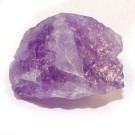
Amethyst.
I should probably explain the minion pic above. That is my soul.
Also the roommate quote (brought to you by casket enterprises). That is a quote by Hanky Song, roommate extraordinaire, one of the three remaining co-founders of Casket Enterprises. (Roommate #4, alas, perished in a cannibalism accident. #cannibalism. #2k15.)
Fun fact, some cannibals describe human meat as tasting surprisingly like pork. But more rustic.
Continue reading for your edification. All of the following are rustic:
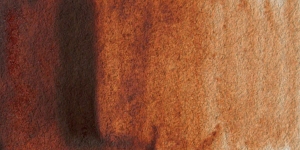
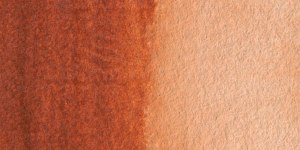


You may be wondering what the next Hidden Gem is.
Well, I’m working on it.
In the meantime you should look at these hilarious things.
Okay, now for the next Hidden Gem: your very own nail clipper.
Often overlooked, the nail clipper is actually an essential part of our society. How would you shake hands with someone if you were constantly at risk of stabbing the arteries in their wrist with your nails? (There are two arteries, actually. On the thumb side you have the radial artery, and on the pinky side, the ulnar artery. Both are branches of the brachial artery, which branches at the elbow, but the ulnar is slightly larger.)
Without nail clippers, destruction, havoc, sheer panic would reign supreme.
This investigation strikes a personal chord as well– I was cutting my nails recently when the unthinkable happened: 1 nail in, I lost the nail clipper! After just a moment’s distraction I was lost, swimming in a pool of panic and sadness. Where, oh where could my nail clipper be?
Alas, I was doomed to spend several days with 9 nails desperately crying out for care. Finally, one was bestowed upon me by an angel in human form, who was kind enough to take pity on me in my pain and sadness. He lent me his nail clipper, and for that I am eternally grateful. The nails were clipped, and shortly afterward I found the lost pair of clippers, mewing helplessly atop my dresser, searching for nails to clip. It was a happy day when I found that old friend.
It saddens me to speak it, but not all the world shares my love and respect for nail clippers.
Wikipedia‘s description of the clipper is short but sweet and to the point:
A nail clipper (also called a nail trimmer or nail cutter) is a hand tool used to trimfingernails, toenails and hangnails.
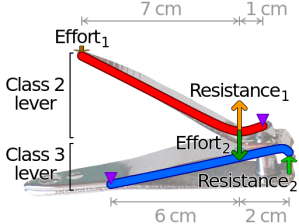
In Ancient Greece, humans employed barbers not only to trim hair and beards (where applicable), but also to trim nails. We owe the sophisticated concept of highly specialized nail-care tools and procedures to them.
Someone somewhere on the internet explained how prehistoric humans cut their nails:
It was the stone age, they rubbed their nails against rocks and stones to wear them down and sharpen them of course.
while someone else in the same place on the internet claims that:
“HOW DID Stone Age man cut his toenails? There are two major schools of thought: Mark Salisbury and John Bartlett have independently come to the conclusion that Stone Age woman nibbled her mate’s nails. This rudimentary act evolved into the practice of toe-sucking still seen in atavistic sections of society.
The Salisbury-Bartlett theory is contradicted by Geoffrey Langley, David Young and Stuart Cockerill, all of whom, equally independently, claim that Stone Age homo was not sapiens enough to have evolved toe-nails. Mr Young extrapolates this conclusion from the lack of facial hair on neolithic cave paintings.
Mr Langley believes that toe-nails ‘developed by natural selection from callouses formed by the constant dropping of heavy stone artefacts upon the unprotected toes’, while Mr Cockerill believes toe-nails to have played a crucial part in the development of intelligence: ‘People with toe-nails wore out their socks more rapidly than people without, so had to hunt for more sheep to domesticate. The hunting process developed their brains more rapidly, so the Toe-nailed Folk became more intelligent and out-evolved their nail-less brethren, eventually turning into modern man.'”
So there you have it, folks, several convincing, indubitable, remarkably realistic explanations of prehistoric nail clipping. (Sarcasm. Please note. See below.)
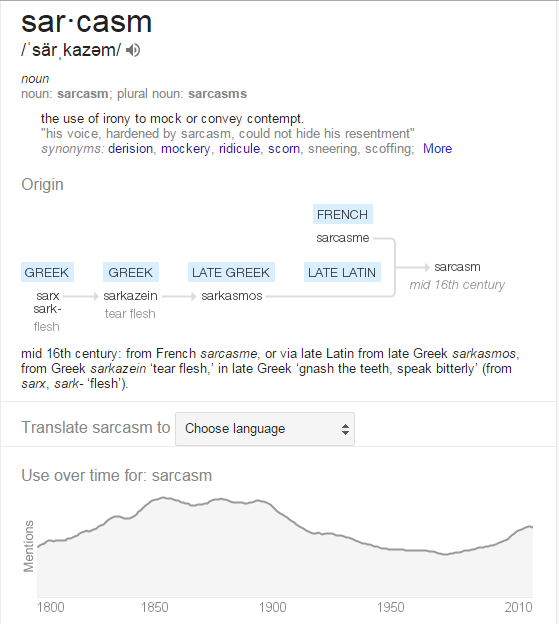
And some other Gems Hidden on the interwebs about nail cutting:
if you’re wondering specifically how the Norse cut their nails, they had scissors, both patterned like this, and ones very similiar to those we might use today, which have been discovered in graves at Birka and elsewhere. Fingernails are important in Norse mythology; according to the Prose Edda, the ship Naglfar (‘Nail-Ship’), the vessel which will carry the forces that will oppose the gods at Ragnarok to the field of combat, is made from the fingernails of dead men, and the text thus warns that nails should be kept short:
It is made of dead men’s nails; wherefore a warning is desirable, that if a man die with unshorn nails, that man adds much material to the ship Naglfar, which gods and men were fain to have finished late.
It is probable that trimming the nails was part of funeral rites, and a wider connection to other Indo-European cultures is suggested in Bruce Lincoln’s essay Treatment of Hair and Fingernails Among the Indo-Europeans
tl;dr: cut your nails or you will hasten the apocalypse.


My first article of “Hidden Gems of Grinnell” and already my mind is Enlightened up from my head into the Earth. The world makes sense as waves of trivia attack my eyes.
LikeLike